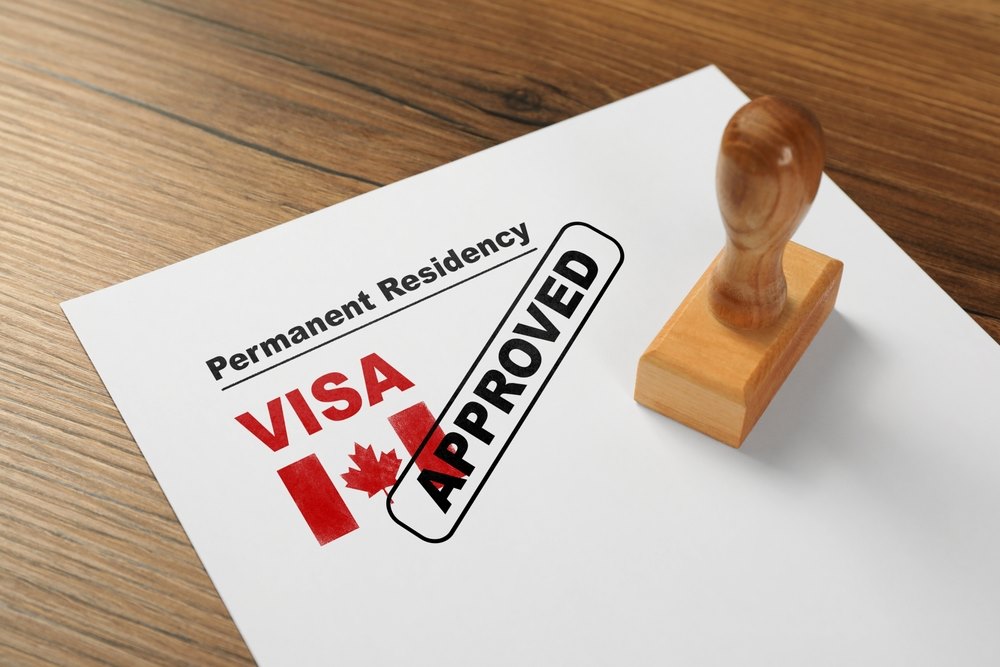Canada has firmly established itself as a global magnet for innovation, offering a welcoming environment and clear pathways to Permanent Residency (PR) for ambitious international entrepreneurs. For those looking to transition a business idea or an established company into the lucrative Canadian market, understanding the available immigration streams is the critical first step. The goal is not merely to secure a work permit but to achieve a long-term Entrepreneur PR or Canadian entrepreneur visa. This allows you to build a great life in Canada.
The federal and provincial governments recognise that immigrant entrepreneurs are key drivers of economic growth, job creation, and global competitiveness. As a result, several programs are specifically designed to fast-track permanent residence for business-minded individuals. This guide details the top 5 immigration programs available, ranging from the widely recognised Startup Visa Canada program to targeted provincial streams, providing a clear roadmap for obtaining your Canadian entrepreneur visa.
1. The Federal Start-Up Visa Program (SUV)
The Startup Visa Canada program is the flagship federal program designed for entrepreneurs with innovative, growth-oriented business ideas. It is perhaps the most direct route to Entrepreneur PR for those who can demonstrate a commitment to building a scalable company.
Key Requirements:
-
-
Obtain a Letter of Support: The applicant must secure a commitment from a designated Canadian organisation (a venture capital fund, angel investor group, or business incubator). This letter validates the viability and potential of the business idea.
-
Meet Language Requirements: Must meet the minimum Canadian Language Benchmark (CLB) level 5 in English or French.
-
Sufficient Settlement Funds: Must demonstrate enough money to settle in Canada.
-
The Advantage: Unlike many other business immigration programs, you do not need to invest your own money or wait for the business to be profitable to apply for PR. The focus is on the idea and the support it receives from designated entities. This is the preeminent Canadian entrepreneur visa.
2. Provincial Nominee Programs (PNP) – Entrepreneur Streams
The Provincial Nominee Programs (PNPs) allow provinces and territories to nominate individuals who meet the specific economic and labour market needs of that region. Almost every province has a dedicated Entrepreneur Stream, which generally requires the applicant to establish a new business or purchase an existing one within the nominating province.
Key Requirements (Vary by Province, but Common Elements Include):
-
-
Net Worth and Investment: Applicants must meet a minimum personal net worth requirement (e.g., CAD $300,000 to $600,000) and commit to a minimum investment in their Canadian business (e.g., CAD $100,000 to $300,000).
-
Business Establishment: The applicant must sign a Performance Agreement with the province, committing to establishing the business, actively managing it, and creating jobs for Canadian citizens or permanent residents.
-
Timeline: Applicants typically receive a temporary work permit to operate the business for 1-2 years. If the terms of the Performance Agreement are met, the province issues a nomination, leading to Entrepreneur PR.
-
The Advantage: PNPs are excellent for entrepreneurs who prefer to target a specific region (e.g., British Columbia, Ontario, or Alberta) and who have the capital and commitment to physically establish and operate a business. This offers a more flexible Canadian entrepreneur visa approach.
3. Federal Self-Employed Persons Program
This program is highly specific and is targeted at individuals with relevant experience in cultural activities or athletics who intend and can make a significant economic contribution to Canada as self-employed persons. It is not suitable for general business owners or tech entrepreneurs.
Key Requirements:
-
-
Relevant Experience: At least two years of experience in cultural or athletic activities (e.g., artist, musician, writer, coach, professional athlete).
-
Intent to be Self-Employed: Must demonstrate the ability and intent to establish themselves as self-employed in Canada in their area of expertise.
-
Selection Criteria: Applicants are assessed based on education, experience, age, language abilities, and adaptability.
-
The Advantage: This stream leads directly to Entrepreneur PR and does not require a large capital investment or the creation of jobs for others.
4. Intra-Company Transfer (ICT) for Multinational Businesses
While technically a work permit, the ICT stream is a powerful tool for owners and senior managers of successful international companies who wish to move to Canada to open a branch, subsidiary, or affiliate. It provides a work permit, which can then serve as a pathway to Entrepreneur PR through other economic programs like Express Entry (after gaining Canadian work experience).
Key Requirements:
-
-
Qualifying Relationship: Must prove a legitimate and qualifying relationship between the foreign company and the new or existing Canadian entity.
-
Qualifying Position: The applicant must be a senior manager, executive, or possess specialised knowledge.
-
The Canadian Entity: Must demonstrate a realistic plan to staff and finance the Canadian office.
-
The Advantage: This is the most practical Canadian entrepreneur visa option for established international business owners, allowing them to start operations quickly with a work permit while setting the stage for permanent residency.
5. Quebec Entrepreneur Program (Stream 1 & 2)
Quebec manages its own separate immigration programs. The Quebec Entrepreneur Program is a two-stream approach for those committed to settling in the province.
-
Stream 1 (Startup): Similar to the federal SUV, requiring support from an eligible business incubator or university accelerator in Quebec.
-
Stream 2 (Business Acquisition/Creation): Requires the applicant to create or acquire a business in Quebec, manage it, and deposit a start-up grant of at least CAD $200,000 with a Quebec financial institution (which is used to fund the business).
The Advantage: While requiring a different process, it offers a guaranteed path to permanent residency in Quebec upon meeting the program’s requirements, serving as an effective regional Canadian entrepreneur visa.
Choosing the right path requires careful assessment of your business idea, capital, language skills, and preferred province of settlement. Whether leveraging the cutting-edge focus of the Startup Visa Canada program or utilising the specific investment requirements of a Provincial Nominee Program, Canada offers a wealth of options for the global entrepreneur ready to make a significant economic contribution. The key is to secure professional guidance early to maximise your chance of achieving Entrepreneur PR.
FAQ’s on Entrepreneur Immigration
Question |
Answer |
Q1. How can entrepreneurs immigrate to Canada? |
A: They can use the Startup Visa Canada program (with a supporting organisation) or provincial entrepreneur streams, which often require an investment and business establishment in a province. |
Q2. What is the Startup Visa Program? |
A: It is a federal program granting Entrepreneur PR to applicants who have an innovative business idea and have secured a financial/commitment letter of support from a designated Canadian organisation. |
Q3. How do I qualify for an entrepreneur visa in Canada? |
A: Qualifications vary, but generally require a viable business plan, sufficient personal net worth/investment, language proficiency (CLB 5), and a commitment to job creation. |









